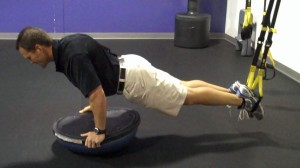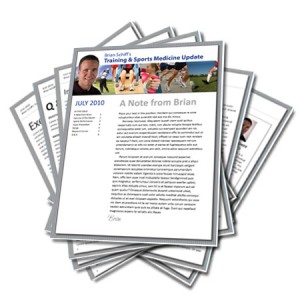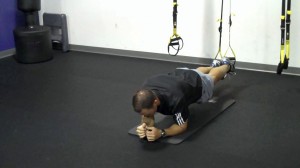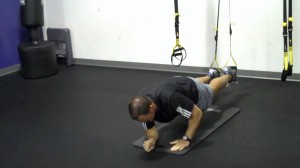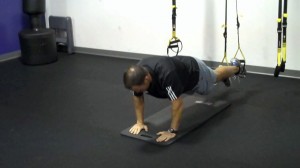At this phase of my career, I have been around long enough and successful (or rather blessed) enough to be considered an expert in my field. This affords me the opportunity to see and work to fix complicated client issues as well as teach others how to do the same.
One mistake I see time and time again in rehab and sports training is a lack of sound sequential and functional progression. I blame part of this on the demise of insurance programs as we once knew them as therapy sessions are now limited both in scope of coverage and number of visits. But, the rest of the blame often falls squarely on the shoulders of therapists, doctors, sports performance specialists and coaches. Okay, parents may deserve a spot in my blame circle too.

Why do I say blame? Well, to be honest we often mislead or let down athletes recovering from injury by not listening enough, pushing them too hard, not pushing them hard enough, using outdated or irrelevant protocols, or incorrectly assuming they will heal like the last person with injury X. Sound at all familiar? Ever wonder why some people with the same injury recover differently and/or suffer a re-injury so soon after going back to sport?
Now, read on as this blog post is not a rant. The point I want to be crystal clear on is that we as caretakers and health providers of young athletes must be on our game at all times. This means we must be willing to continually learn and drop our assumptions, standard protocols, experiences and such at the door each time we see a new case. We must apply and adjust our plan based on each individual we see.
Ont thing I am certain of is that no two humans are exactly alike. Therefore, we must consistently assess and re-assess. I believe the real magic if you will that at times occurs for me with my athletes is less a result of my own doing and more a result of my intuition and ability to communicate and extract information at critical times from my clients.
You may think that this happens in every therapy clinic and sports training realm, but trust me when I say that line of thinking is naive. I have personally heard and witnessed too many failed rehab stories and examples of lackluster care/training to validate it. As trainers and rehab specialists, we must be willing to do the following to maximize the success of our clients:
- Listen to the spoken and unspoken words
- Observe everything (movement, emotion, and facial expressions)
- Encourage the athlete or client to communicate freely, frequently and most importantly honestly
- Craft a daily plan based 100% on how the client is doing at that very moment in time – this is tough as you may have to scrap your entire preplanned workout
- Challenge our own beliefs, assumptions and strategies all the time – it becomes easy to get stuck in a rut or fall back on doing the same thing for similar problems. We must guard against complacency in our programming. We must always seek new and better ways to do things.
- Involve the athlete/client in the decision making process – in other words explain the “why” behind things and relate it to their activity, rehab or sport. Most of the time they will work harder and cooperate more when you do this simple thing.
- Provide routine progress updates verbally (I call them affirmations) to the client and their family. We all like to know how we are doing and being vague and having no clear direction or goals is simply unacceptable. Encourage your clients and let them know how they are progressing in straightforward terms.
These are just the seven biggies that come to my mind right now. The takeaway here is that training and rehab is and always should be exacting, yet flexible at the same time. Fluid, seamless tweaking and adjusting are hallmarks of all the greats. Clients should accept nothing less than this precise, analytical and results driven process, nor should we be willing to offer any less.
Following this blueprint will accelerate recovery, maximize performance gains and minimize injuries. Isn’t that what it is all about? Here’s to harnessing our passion and giving the absolute BEST to those we are fortunate enough to serve.



